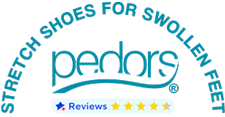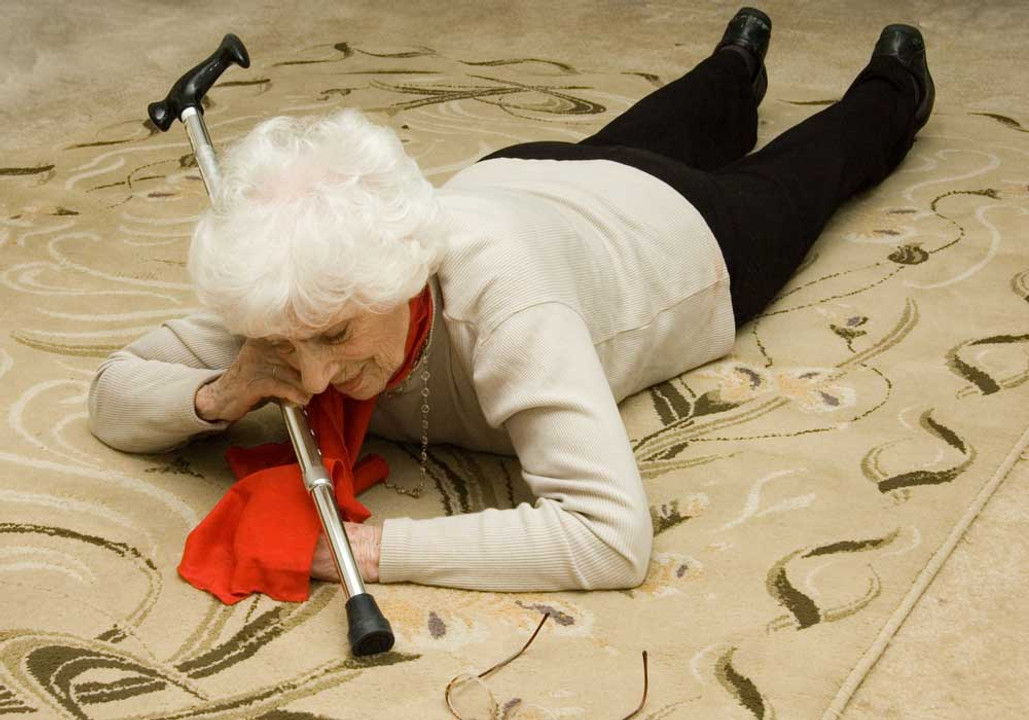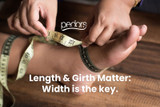Orthopedic Shoes & Fall Prevention Strategies
The Role Of Orthopedic Shoes In Fall Prevention Strategies
Fall
Prevention
If the risk of falling is a consideration for
you or a loved one then the role of orthopedic shoes in an effective fall-prevention
strategy is an important one.
Each year 350,000 Americans fall and break a hip. Unfortunately roughly 20% of those that break a hip do not recover sufficiently to walk again.
The three
primary risk factors for falling are;
a) poor balance
b) taking four or more prescription medicines
c) and muscle weakness.
Elderly people without these risk factors have a 12% chance of falling in a year, but those with all three have almost a 100% chance.
Often it’s difficult to discern if you or a loved one is at risk for a fall. The potential faller may walk without a walker or a cane and be very active. However an examination of their feet may well shed some insight to some prevailing risk factors. These could include swollen feet, unclipped toe nails, calluses, sores in between toes, hammertoes, bunions, heel pain, corns, arthritis – all of which can lead to a compromised gait which in turn affects balance.
As we all know, a common side effect of many medications is dizziness. Blood pressure meds may include diuretics where dehydration can also include dizziness.
So what design features should you look for in geriatric footwear?
i)
Comfort
Shoes protect the feet from trauma which can often lead to a prolonged rehab
where the ability to walk is affected. Once ambulation is affected muscle
strength deteriorates and the risk of fall increases. So probably the most
important key consideration is comfort. If the person’s shoes are not
comfortable they won’t wear them, increasing the likelihood of foot injury.
ii) Lightweight and Easy to put on and take off A big clunky heavy shoe not only affects gait it also tires the legs out. Velcro closures with an adjustable strap are often preferred as it makes it easier for wearers with limited ability to reach their shoes and they can use an extended arm grip if necessary. Shoes that open up to make it easy to place the foot on the foot-bed are preferred especially where edema or even lymphedema is present.
iii) Delayed heel-strike and toe-spring Geriatric footwear should have soling designed to minimize the risk of stumbling and tripping. Often when gait in seniors begins to be compromised it’s important that neither the heel strikes prematurely nor the toe box grips on surfaces like carpet. Look for a rocker heel and toe spring front and back of the shoe.
iv) AccommodationToe deformities are common, especially in females, and necessitate the need for plenty of depth in the toe box to accommodate overlapping toes and hammer toes. Material components in the forefoot of the shoe that can stretch and mold can provide relief from bunions, overlapping toes, hammertoes, rheumatoid arthritis and hallux valugus.
v) Affordability Budget is a major factor to consider. The majority of seniors are on a fixed budget. Under certain qualifying conditions Medicare covers shoes and inserts for diabetics, but unfortunately there is no coverage for people with lymphedema for example.
vi) Aesthetics Beauty is in the eye of the beholder. By design, accommodative footwear may not be the most attractive looking footwear but function should always be paramount rather than fashion when considering appropriate orthopedic footwear for seniors.
Explore Popular Articles
Tell Your Pedors Story #5 - Carlo and Pedors Lymphedema Shoes
Do you mind sharing in general terms your primary foot issue or issues?Since early 2023, I have suff...
Tell Your Pedors Story #4 - Debbie S
Hi, my husband has swollen feet and legs. He was not able to put his feet into shoes. I spent hours...
Tell Your Pedors Story #3 - Donna J
Tell Your Pedors Story #3 - Donna J - Shoes For Lymphedema and Lipodema After reading Donna's amazin...
Tell Your Pedors Story #2 - Mildred and Penny D
Wedding Shoes For Swollen Feet Penny conversed with me over email after I reached out to her mothe...
For Shoes Length & Girth Matter. Width is the Key.
Helping patients find the footwear they need for swollen feet edema and lymphedema Modern pharmacolo...
Insurance For Orthopedic Shoes - The Shortfalls
Insurance One of the most common inquiries we encounter at our Fantastically Functional Footw...





